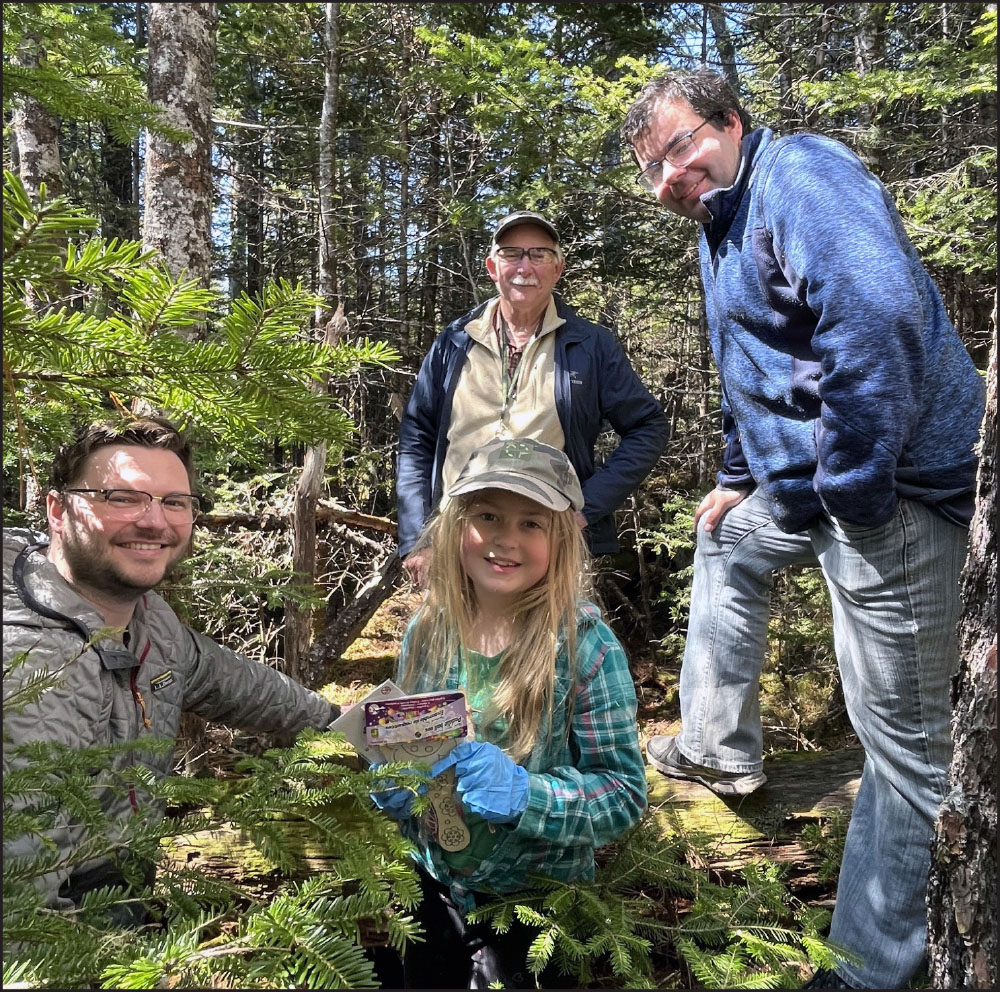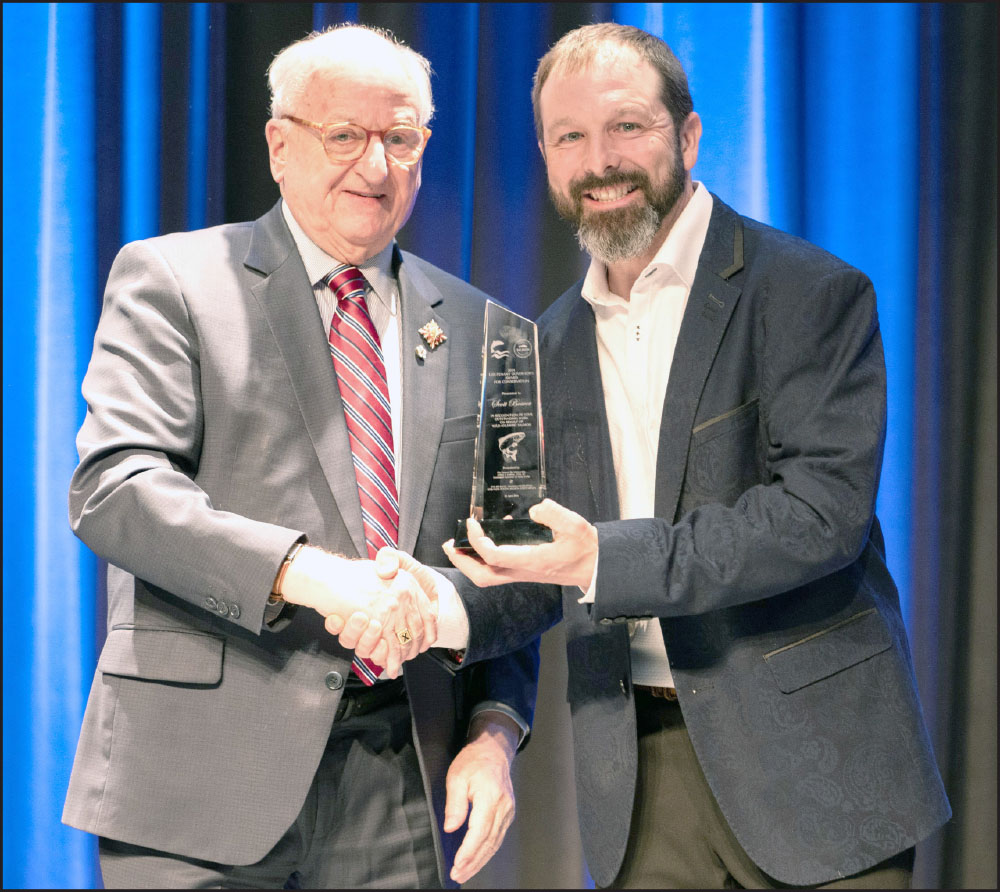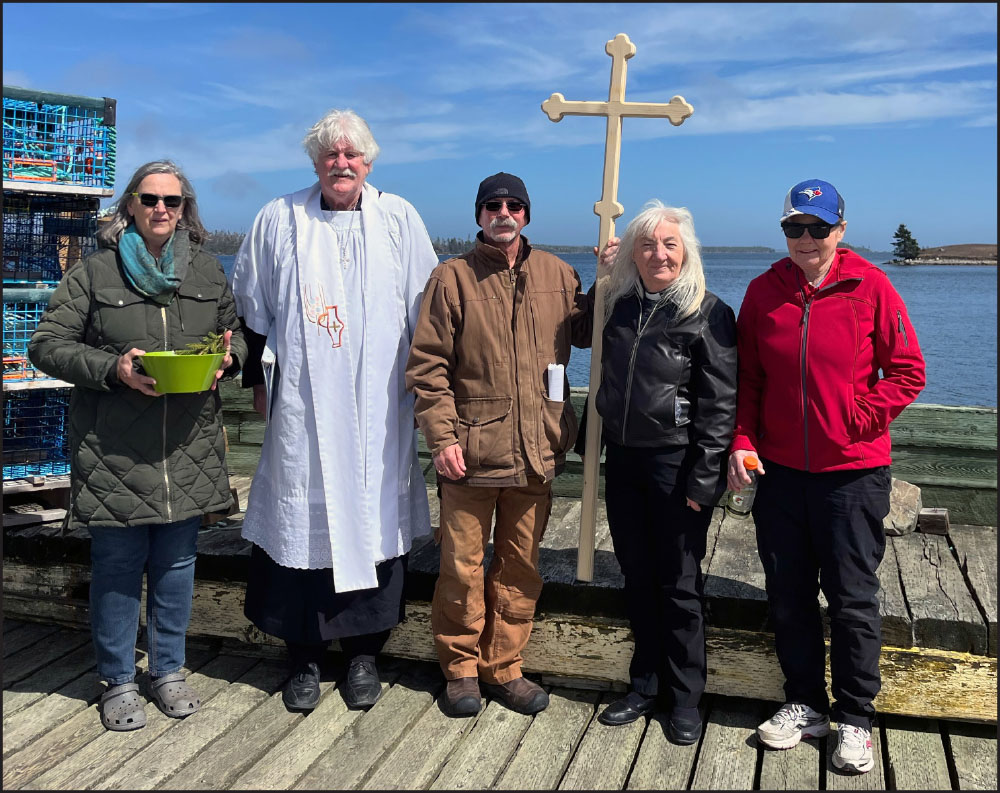PORT HILFORD – Recent complications in securing proper site permits could push back the date for receiving whales to the first wild sanctuary of its kind in North America, says the executive director of the Port Hilford-based project.
“I do think late 2023 is still an appropriate and viable goal, [but] yes, it may slide into 2024,” Charles Vinick, executive director of the Whale Sanctuary Project (WSP), confirmed in an email to The Journal last week. “The timing for welcoming whales is dependent on all permits being issued … Some of the government procedures and timing are out of our control.”
Vinick was elaborating on a recent post to the WSP’s website, which reported: “Our consultants were surprised to learn that a permit from the Department of Natural Resources & Renewables (DNRR) would be required [to take] 18 core samples of submerged soils. We applied for the permit in April [2022] with our consultants assuming this would be a straightforward permit and that they could do their work in May or early summer.”
But, according to the post, “It took almost five months, until late August, for DNRR to let us know that in advance of issuing the permit to take these samples, we would be required to undertake an Archeological Resource Impact Assessment (ARIA) as a part of First Nation consultation. We have now initiated the ARIA and will have to see how long that takes and when the permit for the samples can be issued … One might reasonably ask why we didn’t learn of this earlier. The answer is that the whale sanctuary is a first-of-its-kind project in North America and there is no existing documentation that would outline all the necessary steps.”
In his email to The Journal last week, Vinick insisted that, despite the complications, he didn’t see “any long-term permit impediments for the sanctuary.” He also said the other key considerations — construction and fundraising — were proceeding well.
“The major construction element is the net anchoring structure and that can be constructed and installed on our timeline,” he stated. “[As well, a] recent $5 million commitment … from a U.S. private foundation … is a tremendous benefit for all funding, and we are already working to match this commitment.”
He said the organization continues to raise both operating funds (for permit study costs, salaries, consultants and operations) and capital funds (for site acquisition and construction of the sanctuary itself). “All funds for whale aid work, like the costs for the work in Russia to free the 97 whales in 2019 and the costs for work to help Lolita in Miami Seaquarium are raised as restricted funds for these specific purposes so that no general donations nor donations for the sanctuary are allocated to such costs,” he added.
The new $5 million commitment augments the approximately $2.19 million the WSP had raised for the sanctuary following its site announcement in February 2020. At that time, before COVID-19, it was anticipated the facility would be operational as early as 2022.
Regarding the impact on the whales of a delay to 2024, Vinick said, “It would be better for [them] to be introduced to the site in the spring, rather than in mid-winter, to give them good and predictable weather to acclimatize to their new environment.”








